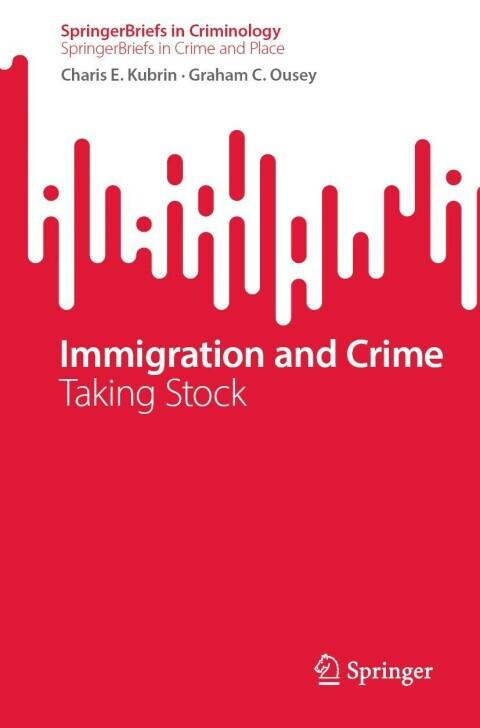
Immigration and Crime: Taking Stock
Edition: 4
Language: German
Format: Kindle
ISBN 10: 3031228391
ISBN 13: 9783031228391
Publication date:
January 1st, 2023
Publisher: Springer
Pages: 181
Genres: Romance, Mystery, Science Fiction
In this insightful examination of the complex relationship between immigration and crime in the United States, the authors delve into various dimensions that illuminate the ongoing debates surrounding this topic. They provide a detailed analysis of existing research and data, offering a balanced perspective on how immigration impacts crime rates and public perception. By scrutinizing both the statistical evidence and sociological implications, readers gain a richer understanding of the interplay between these two critical issues.
The work engages with a variety of theories and frameworks, setting the stage for a nuanced discussion that moves beyond mere assumptions. It challenges prevalent stereotypes and digs deep into how immigration can actually correlate with lower crime rates in certain contexts, highlighting the importance of community and integration. Through careful evaluation, it becomes evident that the narrative surrounding immigration and crime is far more intricate than commonly portrayed.
Moreover, the authors emphasize the role of policy and its influence on the immigration-crime discourse. Their exploration of historical and contemporary case studies serves to ground theoretical frameworks in real-world examples, making the content accessible to both scholars and general readers interested in social justice and public safety.
Ultimately, this brief not only contributes to academic discourse but also calls for informed dialogue among policymakers, community leaders, and the public. It advocates for a thoughtful and empirical approach to understanding the implications of immigration on crime, urging readers to reconsider preconceived notions through evidence-based findings.
The work engages with a variety of theories and frameworks, setting the stage for a nuanced discussion that moves beyond mere assumptions. It challenges prevalent stereotypes and digs deep into how immigration can actually correlate with lower crime rates in certain contexts, highlighting the importance of community and integration. Through careful evaluation, it becomes evident that the narrative surrounding immigration and crime is far more intricate than commonly portrayed.
Moreover, the authors emphasize the role of policy and its influence on the immigration-crime discourse. Their exploration of historical and contemporary case studies serves to ground theoretical frameworks in real-world examples, making the content accessible to both scholars and general readers interested in social justice and public safety.
Ultimately, this brief not only contributes to academic discourse but also calls for informed dialogue among policymakers, community leaders, and the public. It advocates for a thoughtful and empirical approach to understanding the implications of immigration on crime, urging readers to reconsider preconceived notions through evidence-based findings.











